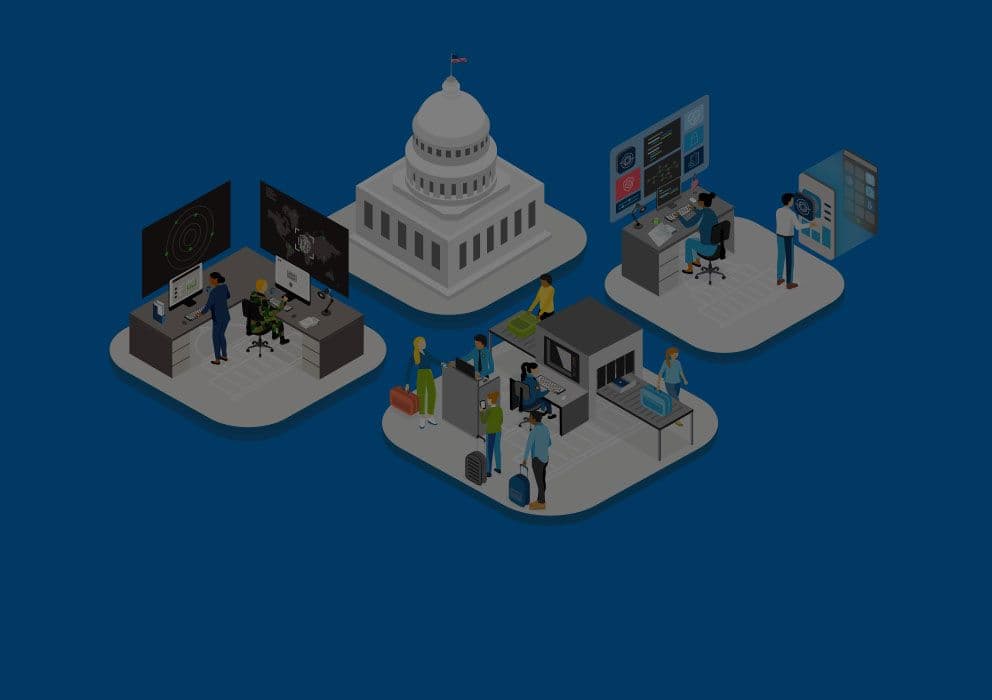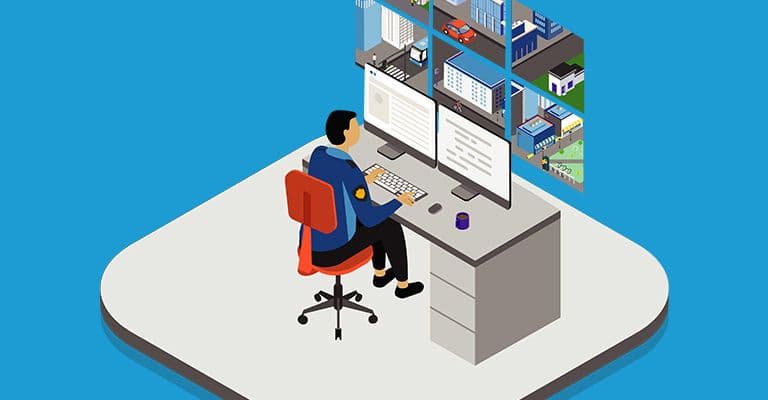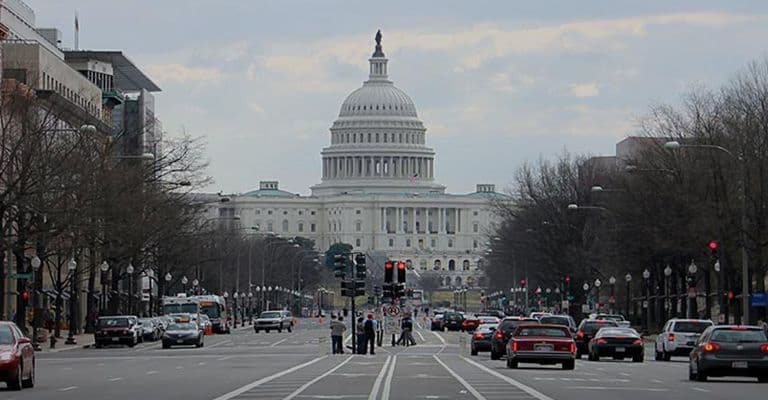To keep up with business imperatives and emerging security threats, it’s no longer possible to stick with what worked in the past. In short, modernizing your agency’s applications has gone from “nice to have” to “mission critical.”
As technology has evolved, federal agencies have had to do their best to keep up while minding budgetary and resource constraints. Over time, that has inevitably led to agencies running dated and complex legacy architectures that are unable to deliver the digital experience that both civilians and government employees have come to expect. What’s more, without these modern, positive digital experiences, agencies are finding it more difficult to maintain mission effectiveness.
A common issue faced by federal agencies are legacy monolithic applications. These apps are often prone to human error, complex, and static. It’s possible that agencies have even lost track of just how many applications they have. The Defense Logistics Agency, for example, found that they had over 1,300 systems and 194 applications in place.1 This amount of legacy tech sprawl creates inefficient manual processes, systems that don’t integrate with each other, and other efficiency setbacks.
The enormity of the U.S. government’s online footprint automatically makes it a prime target for attacks. That—coupled with the intensely sensitive data housed within that footprint—makes security a huge concern. According to the 2020 Verizon Data Breach Investigations Report, about 90% of hacking-related breaches find entry points through web applications.2
1. Enable rapid application innovation
One of the most important aspects of modernizing your IT ecosystem is freeing up your organization to operate in a way that has never been possible before. By implementing strategic automation and management solutions that integrate into existing CI/CD pipelines, you’ll be able to streamline app development, delivery, and deployment across multi-cloud environments.
It used to be that six months would be rapid development and really you’re talking about a year [or two]. We started with DevSecOps and [now it takes] two months for agile delivery. 3
Russell Roberts, CIO and Assistant Administrator, Transportation Security Administration
2. Increase agility
Slow and steady no longer wins the race. Organizations today need to be more nimble and with fewer slowdowns in order to keep up. The keyword is agility. Not only do you need to develop and deploy applications more quickly, you must also be able to pivot at any moment and respond to issues faster than ever before. How do you achieve true business agility? Your organization must modernize legacy applications into ones that are streamlined, easy to use, responsive, and scalable.
3. Optimize application security
App security has always been, and will always be, a top concern for federal agencies It’s becoming increasingly tricky for federal agencies to balance that right security controls for legacy and modern apps. You need the right flexible security posture in place to identify, react to, defend, and secure application threats in any environment at any time. In fact, the Report to the President on Federal IT Modernization recommends that agencies prioritize data-level protections and fully leverage modern virtualized technologies.4
Innovation
Put simply, by enabling rapid innovation, your organization can do more with less.
You’ll be able to:
Adopting tools that can automate application delivery and protect those applications no matter where they live is incredibly important.
Bill Church, CTO of U.S. Federal Solutions, F5
Agility
When you move away from legacy infrastructure into modern applications and mainframes, you’re enabling your agency and its employees to fully gain the benefits of today’s digital world.
You’ll be able to:
Security
Given how quickly threats evolve, it’s mission critical that your application security posture is able to adapt at any time. Modernizing your applications is the key.
You’ll be able to:
It's time. From reducing complexity to supporting rapid innovation, modernizing your application strategy and portfolio will enable you to stay ahead of security threats, keep pace with civilian and employee digital expectations, and create more incredible digital experiences.
Ready to get started? F5 federal solutions have been purposely designed to help U.S. federal agencies streamline the process of modernizing applications.
1 DLA’s application modernization focused on business needs, not technology requirements, Federal News Network
2 2020 Data Breach Investigations Report, Verizon
3 TSA’s digital services team accelerates delivery of new capabilities, Federal News Network
4 Report to the President on Federal IT Modernization, United States Chief Information Officer

Find out where to focus modernization efforts to maximize impact on mission success.

